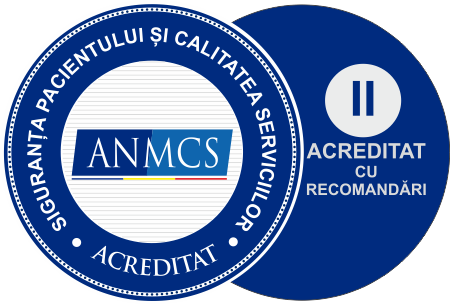What Is Papillitis?
Anal papillae are small dentate, turreted projections extreme upper end of the anal canal. They alternate with the anal crypts, small depressions, containing glands that secrete the mucus required for the advancement and elimination of faeces through defecation.
In the case of an inflammatory condition at the level of the anal canal – inflamed haemorrhoids, acute anal fissure, perianal suppuration, cryptitis, the papillae may become inflamed, a phenomenon known as papillitis. Upon the rectal examination, the papillae can be sensed at the anal canal entrance under as small, unpainful nodes. They are clearly visible upon anopscopy, of pale pink colour. They can be mistaken for polyps or condyloma, especially when they become inflamed and enlarged.
Hypertrophied Papillae: Symptoms and Treatment
Anal papillae become hypertrophied as a consequence of an anal canal and rectum disease (cryptitis, haemorrhoids, perianal fistula), they enlarge and can prolapse out of the anal canal.
Hypertrophied papillae may become inflamed. In these cases, patients complain of periodical or permanent discomfort, pain that becomes sharper with diarrheic or hard stools. Large papillae can cause the unfinished stool sensation. In the case of injuries, they may bleed. The presence of hypertrophied papillae can cause the decrease of the sphincter tonus, with anal canal mucus discharges, the maceration of the perianal skin and itching.
Unmodified perianal papillae do not require treatment. In the case of papillitis a conservative treatment is recommended as a first intervention line and, after the inflammation decreases, the excision of the hypertrophied papilla.




